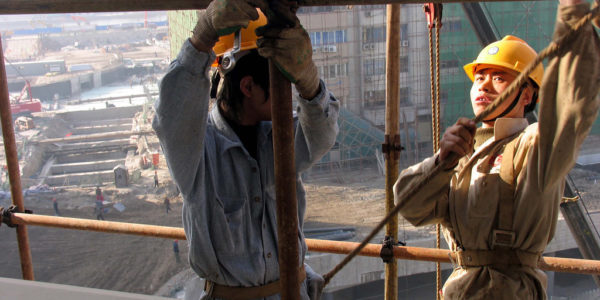Volumetric modular manufacturing (VMM) is the opposite of stick-built housing. Stick-built construction is done much as it has been done for centuries, with workmen bringing tools and materials to a construction site and building the house in a specific order, with inspections along the way.
Different workers complete different parts of the job, bringing crews or individuals to the site and working on different parts.
Construction workers may have work sporadically, and they are at the mercy of the weather. Many older workers left the field during the Great Recession and many more stopped working during the pandemic and the Great Resignation. Fewer young people are going into construction, and the upshot is a serious labor shortage.
Growing demand and falling supply have created problems. 70% of contractors say they have trouble finding enough skilled workers. It takes longer to build and sometimes contractors have to hire less skilled workers, with the attending risks.
Modular manufacturing
Modular manufacturing of homes works a lot like an automaker’s factory. Workers build sections of the house ahead of time in a factory setting. The modules are then put together at the construction site.
Foundations can be laid while the modules are being built, weather rarely affects the work, and the modules can be moved to the site more easily than workers can be transported. Workes appreciate steady work and regular paychecks, not to mention safer, more comfortable working environments.
Increasingly, robots and automated systems are doing much of the construction. Human workers operate machines more than they hammer nails.
While robots can lay bricks and much design work is now automated, modular construction is a much more efficient way to automate construction than creating hammer-swinging robots.
